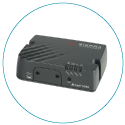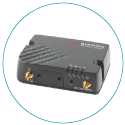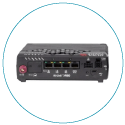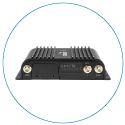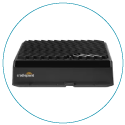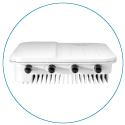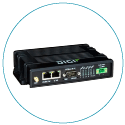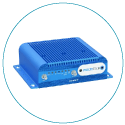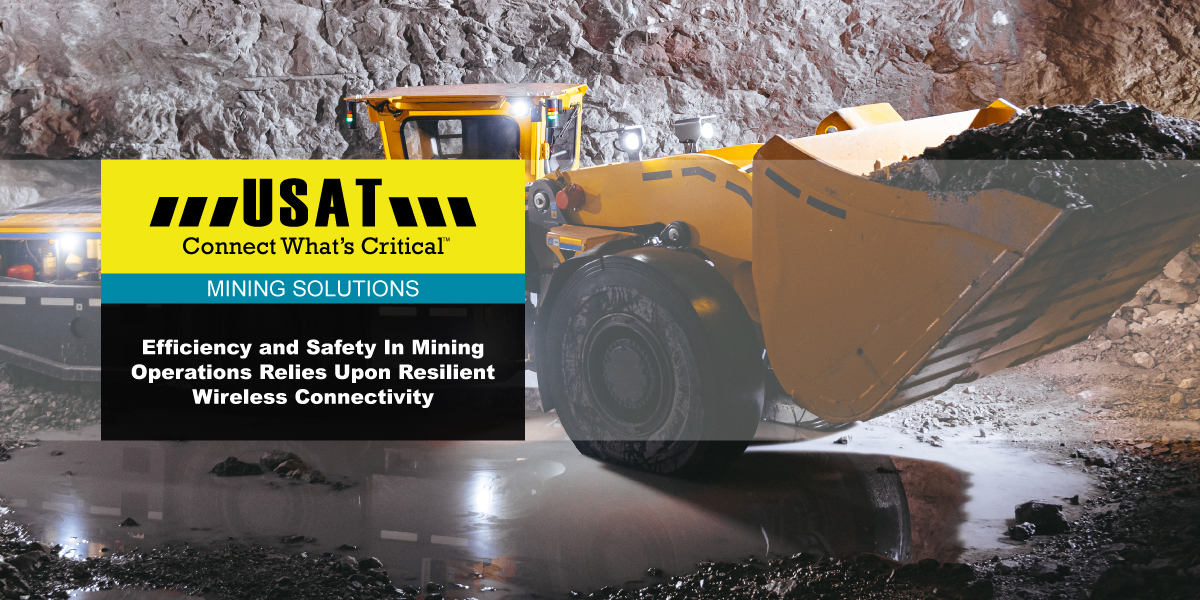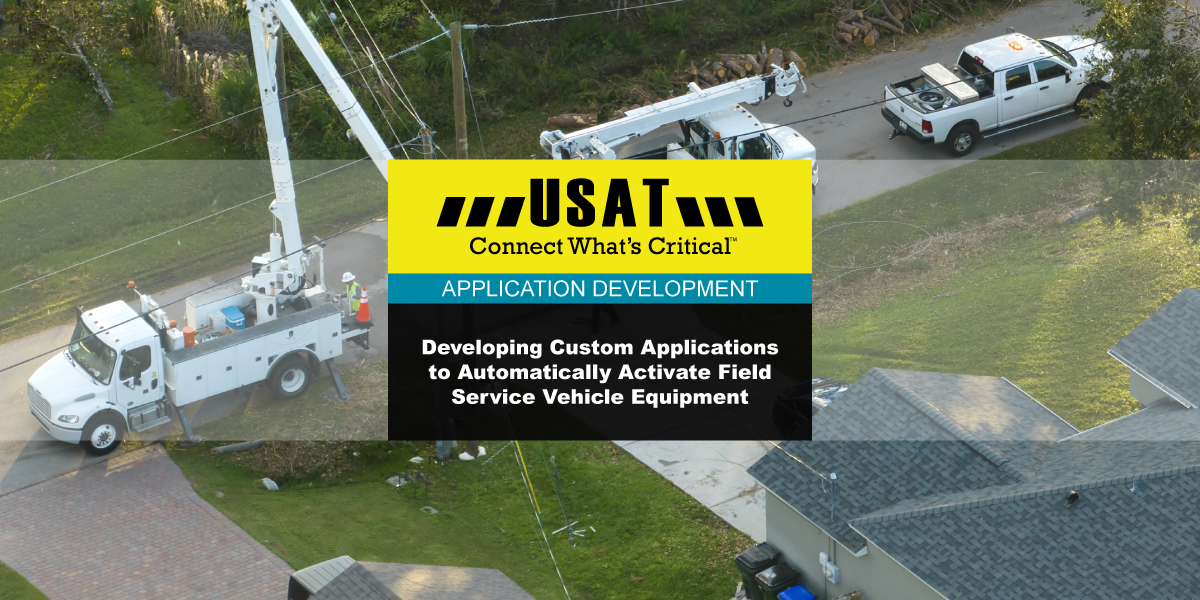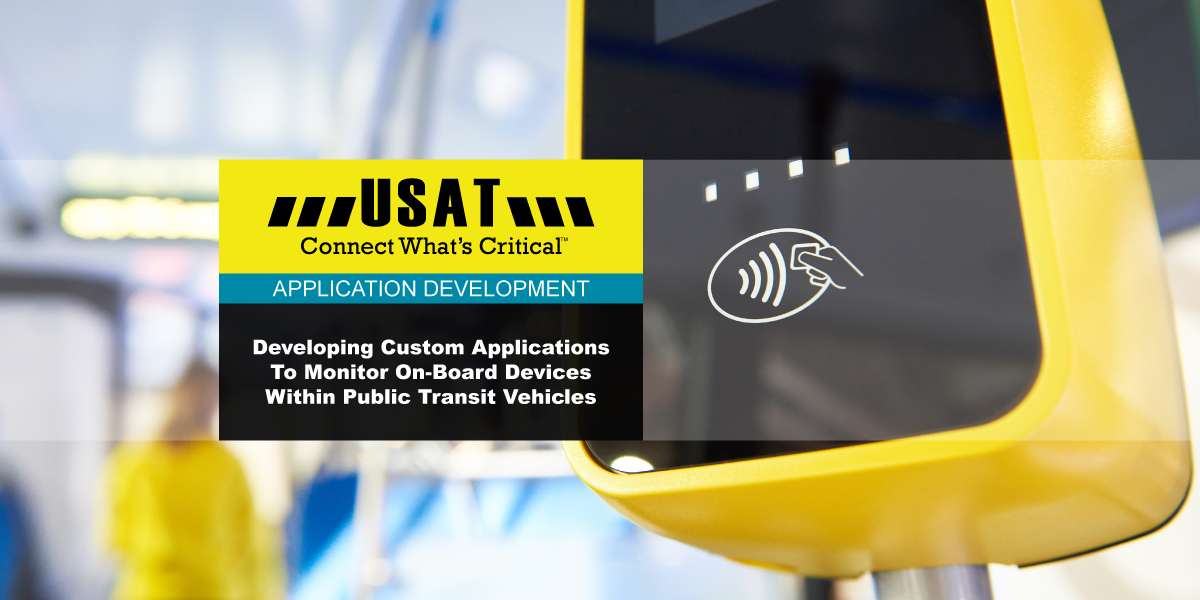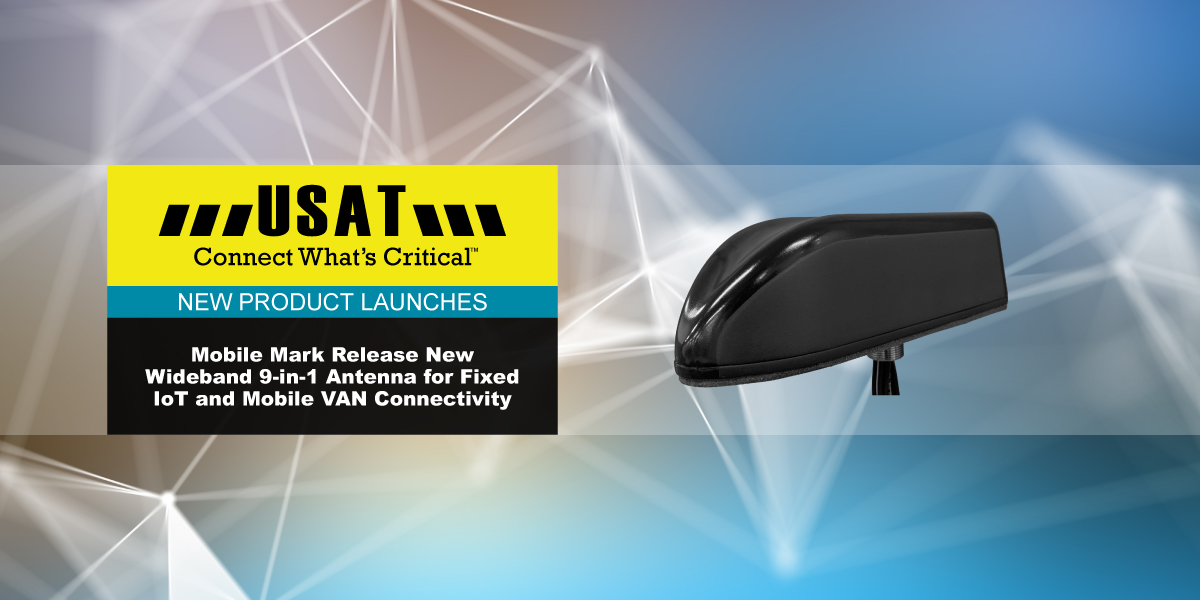Efficiency and Safety In Mining Operations Relies On Wireless Connectivity
The importance of prioritizing robust health and safety measures while enhancing daily operations within the mining industry cannot be overstated. As the industry evolves, the need for advanced connectivity systems that deliver higher throughputs, lower latencies, and more reliable connections to improve operational efficiency and safety is becoming increasingly apparent.
As these improvements are undertaken, underground wireless communication systems require innovative approaches and exert a cross-functional impact on every facet of mining operations, from predictive maintenance and production to high-level decision-making.
The seamless integration of reliable wireless technology is reshaping the execution of mining tasks as departments are bridged effortlessly - transforming how tasks are performed and contributing to the exchange of accurate and timely data. For geology and survey teams, this enables effective collaboration, sharing of findings, and informed decision-making based on real-time information.
Similarly, operations and production teams benefit from remotely monitoring and controlling equipment in real-time, ensuring uninterrupted operations and optimizing production rates. On an operational level, maintenance, especially predictive maintenance, can analyze real-time data from equipment sensors to anticipate maintenance needs and proactively schedule interventions.
Health and Safety Initiatives Within the Mining Industry
While these advancements benefit mining companies and their partners, the true impact is revealed within health and safety initiatives. Fast data connectivity facilitates immersive virtual reality (VR) or augmented reality (AR) training programs, remote monitoring systems in hazardous areas, Smart Personal Protective Equipment (PPE), Collision Avoidance Systems, and Emergency Communication and Evacuation Systems.
This collaboration of technologies plays a crucial role in upholding environmental and regulatory compliance, as well as in management and decision-making. Real-time monitoring of environmental parameters ensures adherence to regulations, and fast data connections allow management teams to access and analyze operational data for informed decisions.
Leaky Feeder Systems vs. Helical Antennas
There are a variety of connectivity components to take into consideration when developing your underground wireless communications system. Wi-Fi 6 (802.11ax) offers enhanced performance in underground spaces, while Wireless Mesh Networks create a resilient web of connectivity. Private 5G/LTE Networks offer dedicated, secure, and high-speed connectivity tailored to mining environments, meeting the demanding requirements of real-time communication, remote equipment control, and collaboration.
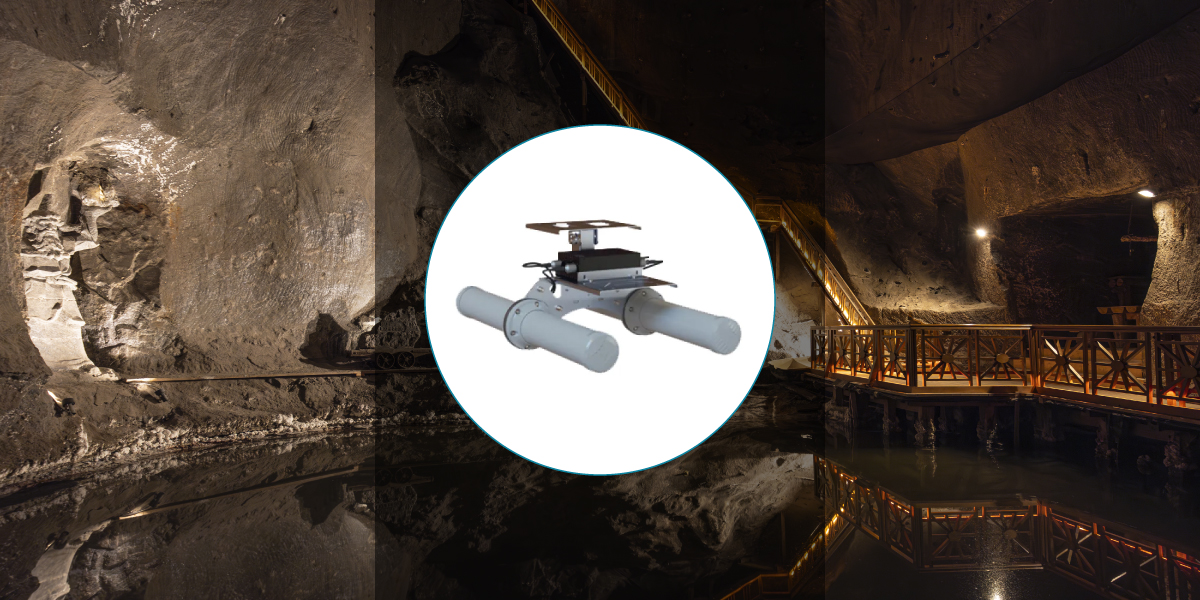
Amidst these advancements, the stability and consistency of transmitting and receiving radio waves are often overlooked. Helical antennas - like the Poynting HELI-22 Tunnel Antenna - emerge as superior, surpassing leaky feeder systems and linearly polarized antenna solutions.
With focused signal transmission, adaptability to tunnel dimensions, and circular polarization preserving signal integrity, helical antennas are the optimal choice. Their ability to overcome tunnel signal challenges and adapt to diverse polarization scenarios ensures reliable communication coverage in subterranean environments.
Signal Coverage
Leaky feeder systems are recognized for delivering consistent signal coverage in confined or irregularly shaped environments like tunnels, mines, and underground facilities. The distributed structure of leaky feeder systems maintains a uniform signal strength throughout the coverage area.
However, they exhibit limitations in data-specific communication protocols (e.g., Wi-Fi or cellular above 1 GHz) due to losses along the cable. Leaky feeders also display polarization variations based on tunnel dimensions and surfaces.
Conversely, helical antennas are well-suited for open-air and confined environments, providing directional signal transmission and reception. This results in an extended communication range. Measurements in tunnels indicate that vertical or horizontal polarization propagates better based on tunnel dimensions. By emitting circular waves with all polarizations, Helical antennas naturally adapt to maximize reach and coverage, irrespective of the tunnel's specific polarization propagation characteristics.
Leaky feeders are generally narrowband, suitable for specific frequency ranges, while helical antennas can be designed for wideband deployments, making them more future-proof for evolving network requirements.
Signal Strength
Leaky feeders typically exhibit lower signal strength compared to helical antennas due to signal leakage along the cable. Above 1 GHz, leaky feeders require multiple in-line amplifiers, leading to complications such as RF noise, difficult detection of failures, and poor carrier-to-interference ratios.
In contrast, helical antennas offer higher signal strength with their focused and directional radiation pattern, although signal strength may vary based on antenna orientation and distance to the transmitter.
Multipath Interference
Leaky feeder systems disperse signals indiscriminately, which may be acceptable for low-bandwidth applications but poses challenges for higher-bandwidth applications. This lack of polarization and spatial diversity limits MIMO benefits, impacting system performance. Helical antennas, with circular polarization, demonstrate resilience in the face of tunnel obstacles, ensuring reliable propagation past hindrances.
Polarization Efficiency
Linear polarization in leaky feeders encounters challenges like unpredictable signal rotation and first reflection interference. In contrast, helical antennas utilize circular polarization, containing all polarizations, reducing the impact of polarization mismatch and multipath fading. Circular waves change polarization upon reflection, mitigating interference and enhancing signal integrity.
Helical antennas prove superior to leaky feeder systems for underground wireless communication applications. Their focused signal transmission, adaptability to tunnel dimensions, and maintenance of signal integrity through circular polarization make them ideal for such environments. Helical antennas outperform leaky feeders in signal strength, multipath interference reduction, and polarization efficiency, translating to improved performance and resilience in higher bandwidth applications.
Additionally, helical antennas effectively overcome challenges posed by obstacles in tunnels, ensuring reliable communication and enhanced coverage in underground environments. Given these advantages, helical antennas emerge as the preferred choice for underground wireless communication systems, offering organizations improved performance, reliability, and efficiency in their wireless communication infrastructure for underground settings.
About USAT
USAT specializes in designing and deploying mobile wireless data connectivity solutions for organizations of all sizes — complete with implementation, training, proof of concept (POC), system auditing, and on-site RF surveying services with optional engineering maintenance contracts.
Our team not only helps you select, provision, and activate devices, we make sure they work in practical applications and real-life situations.
For over 25 years, USAT has provided mobile communications solutions for various mining and excavating applications across the USA. With our extensive catalog of world-class routers, gateways, and software designed for remote monitoring and management in even the harshest environments — you can count on us to get and keep you connected.
Better mobile connectivity translates to less manual equipment maintenance, reduced downtime, and an overall increase in your business's ROI. Contact the experts at USAT to learn how our wireless networking solutions can help meet your organization's exacting needs.
Share this Post



